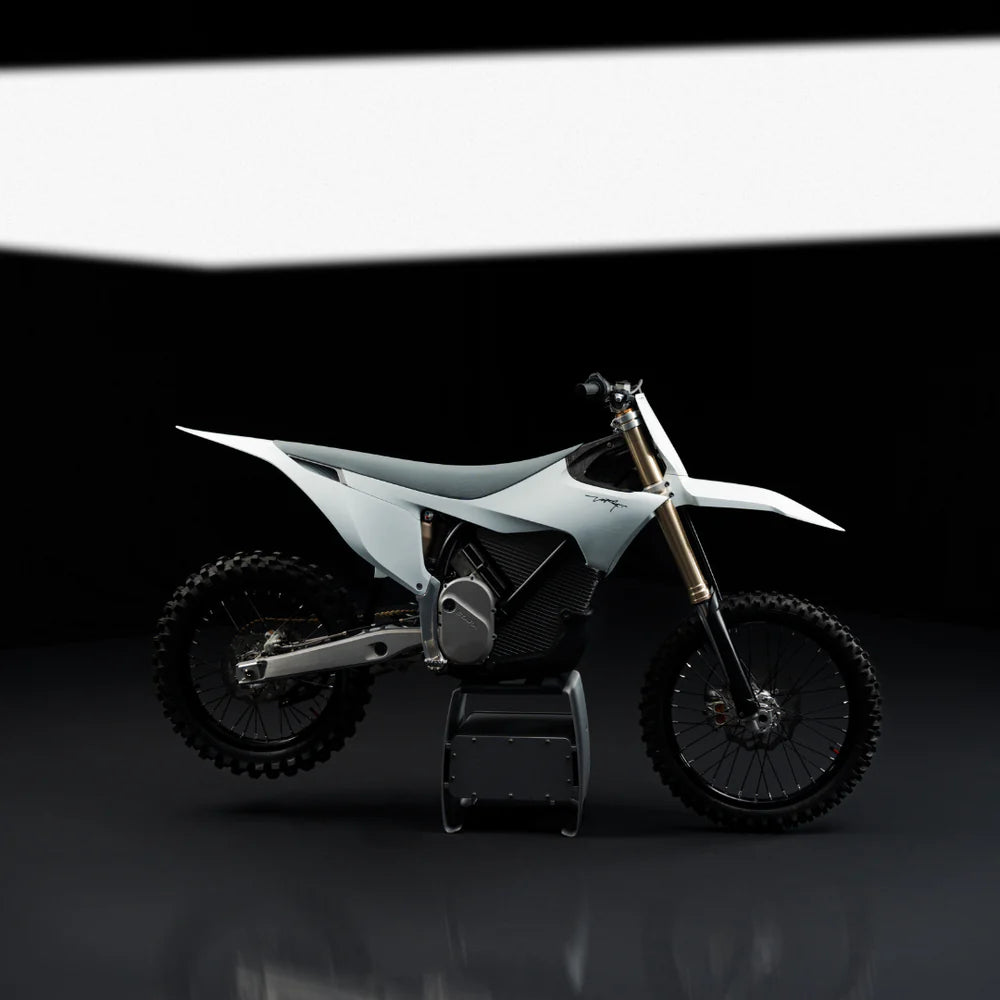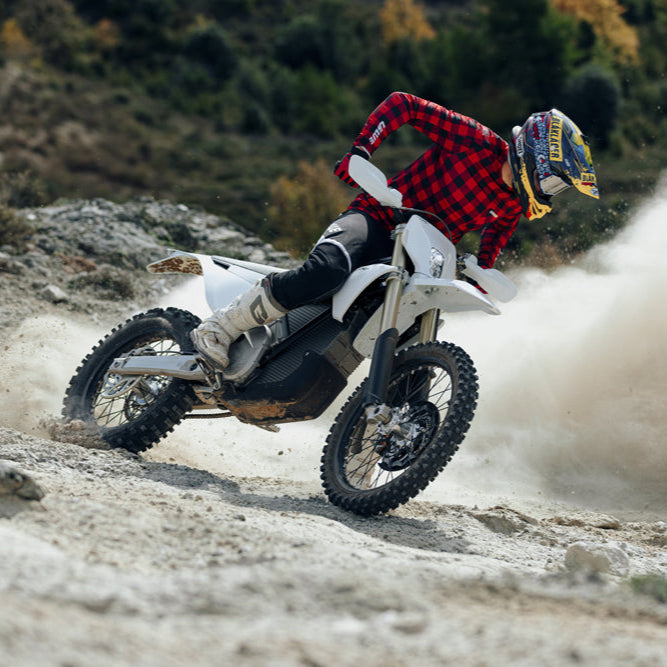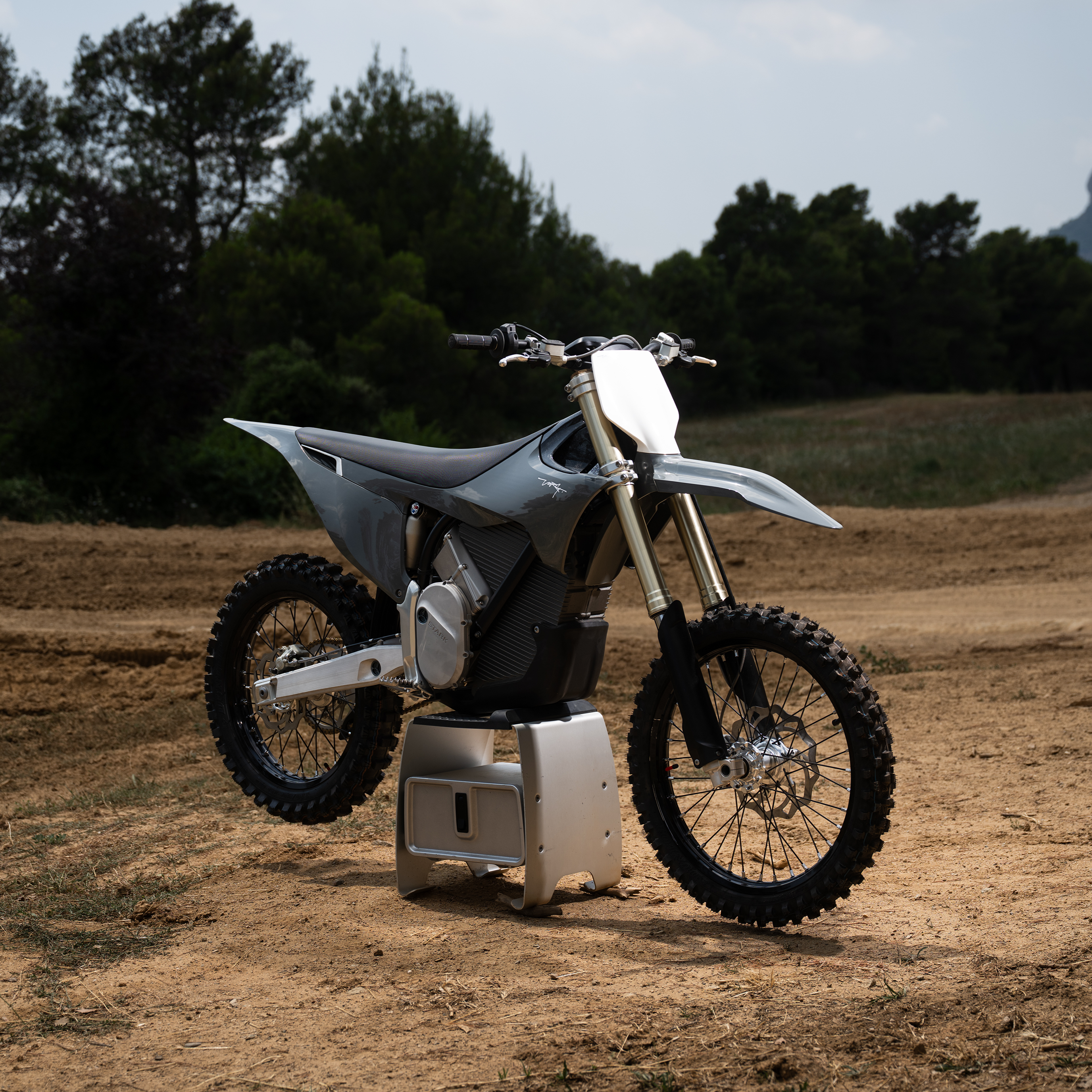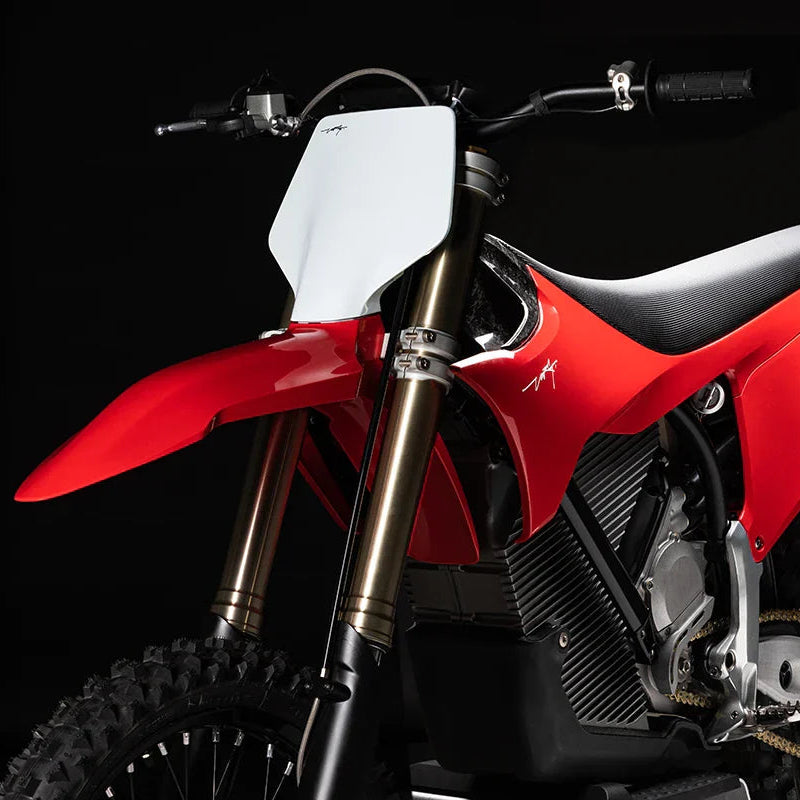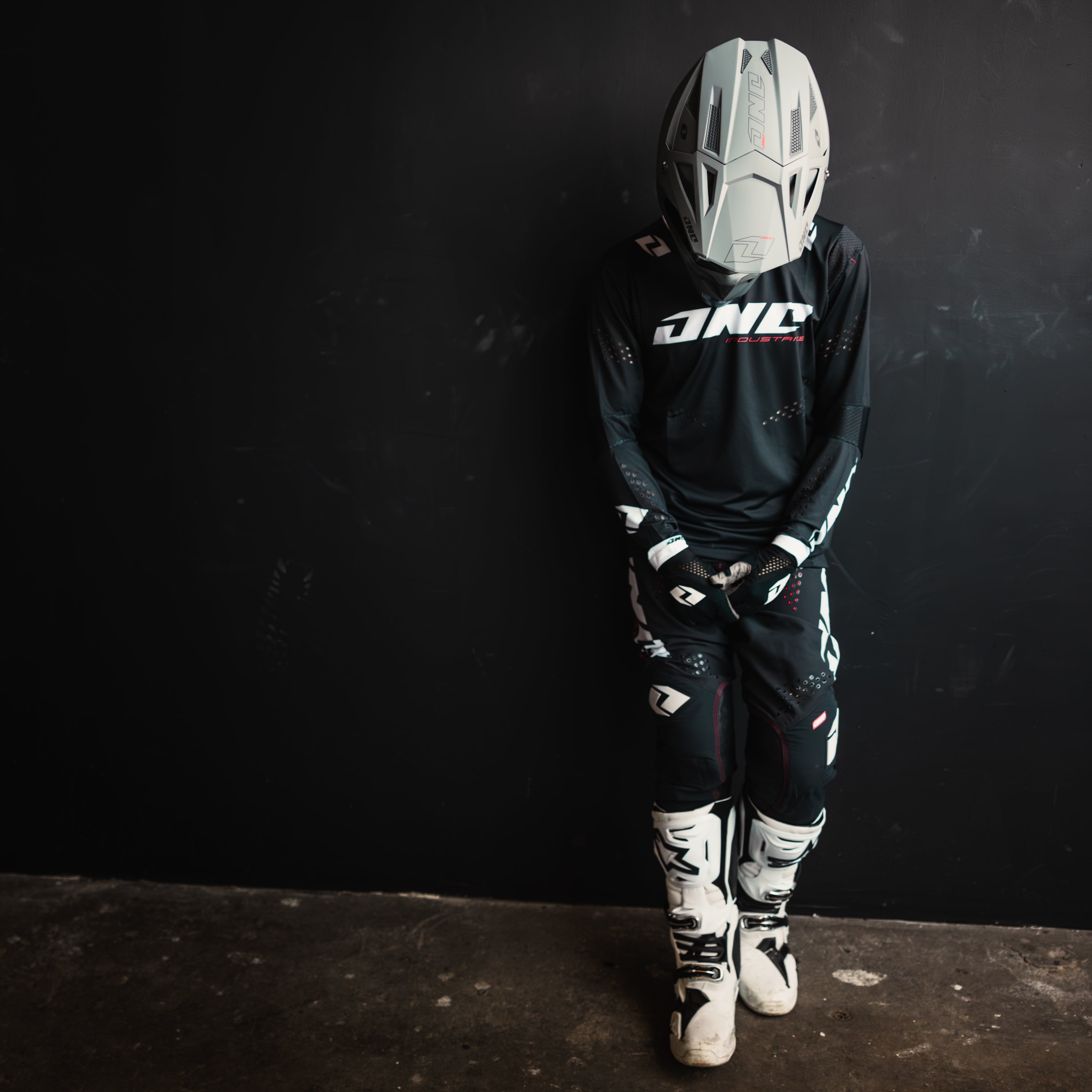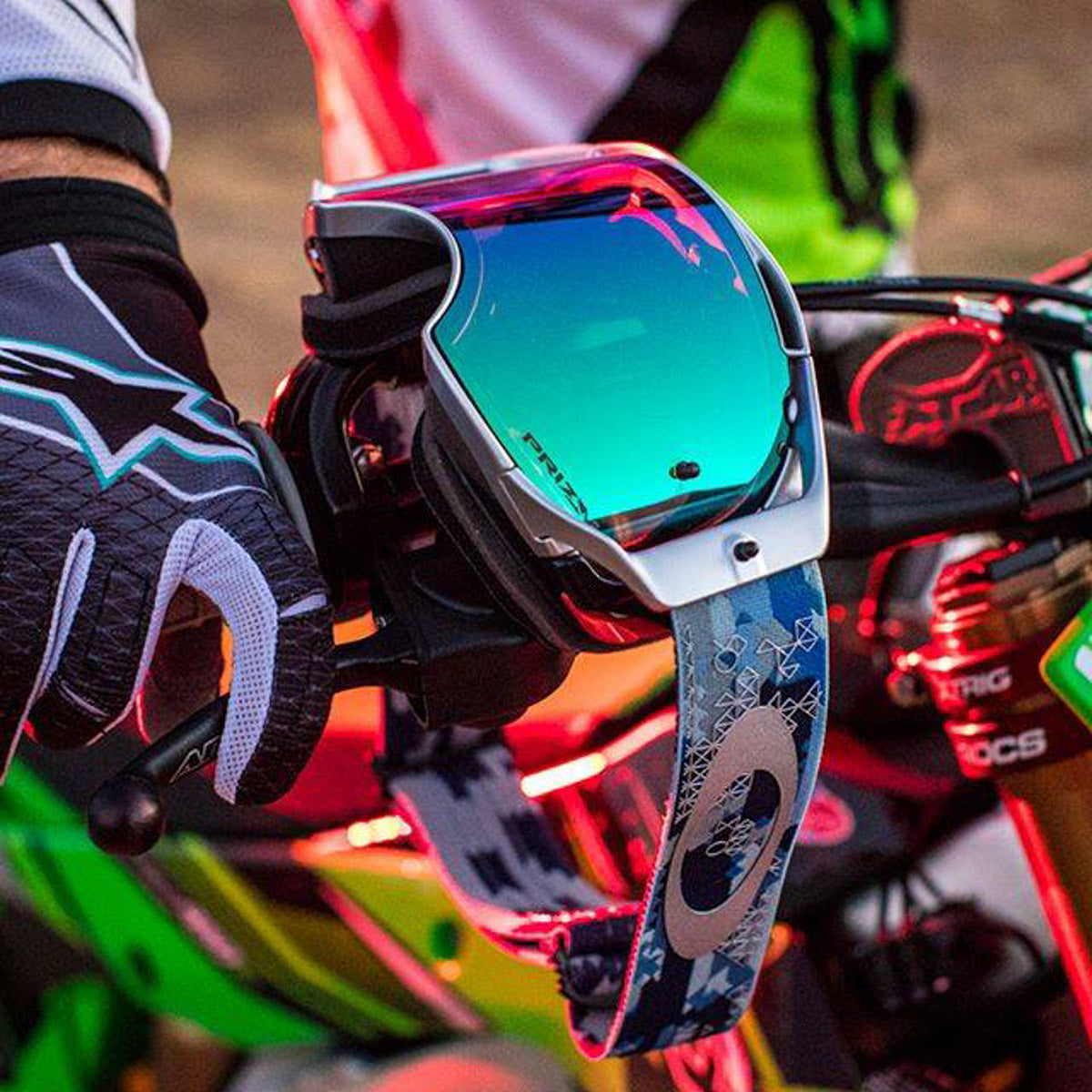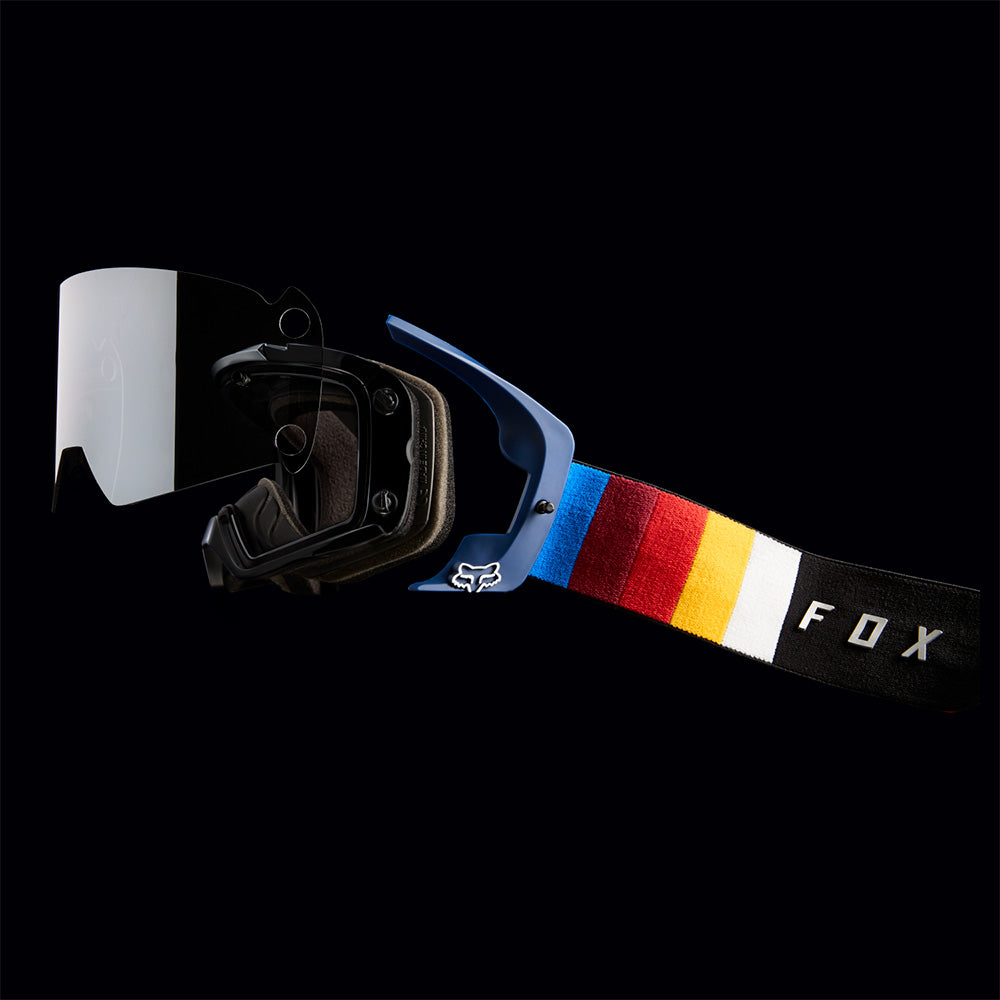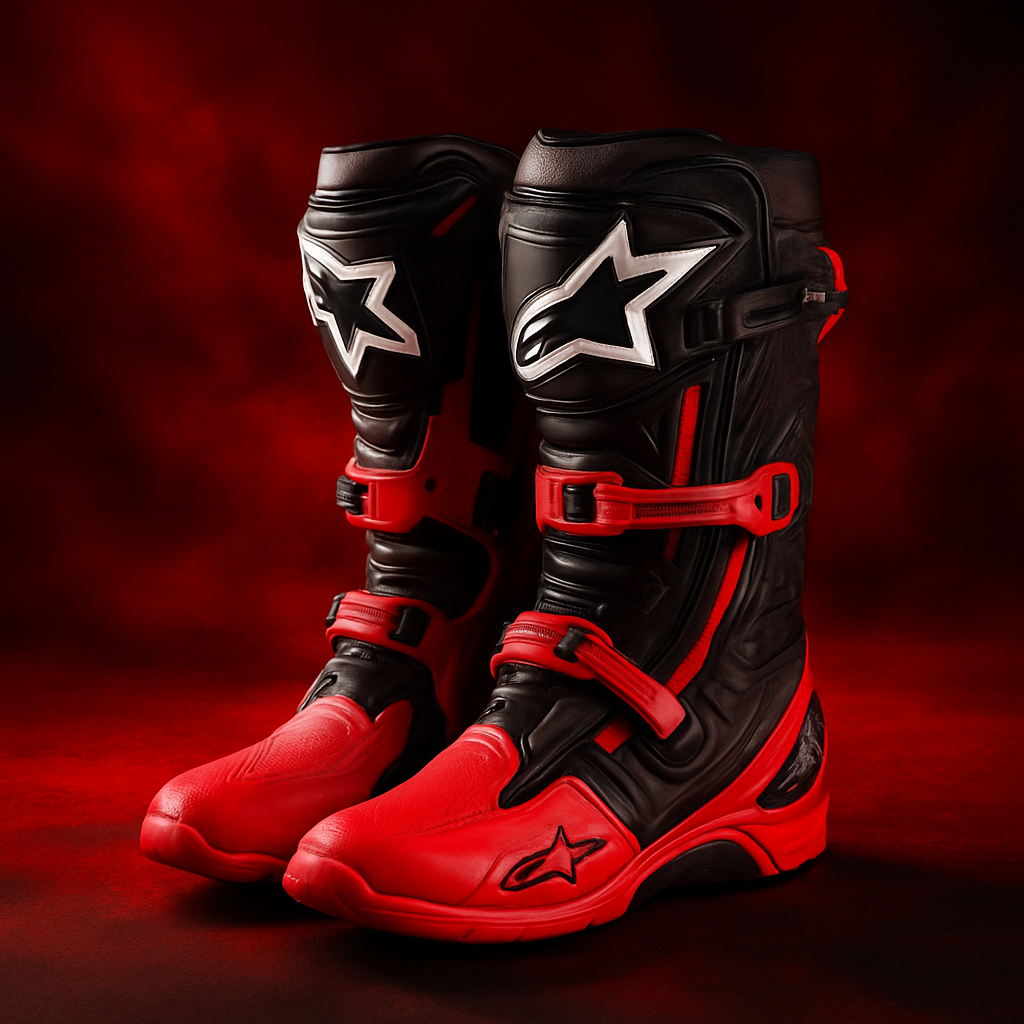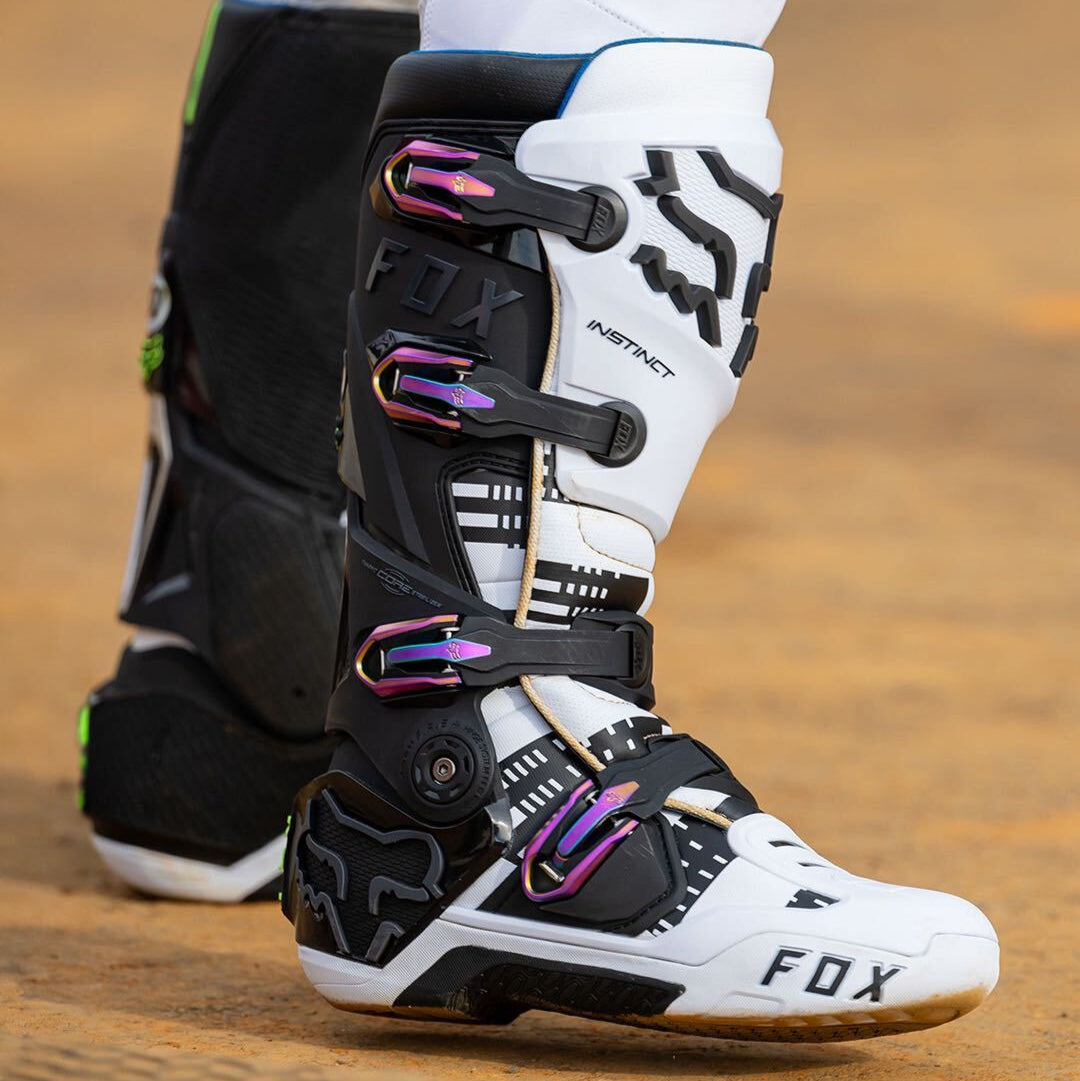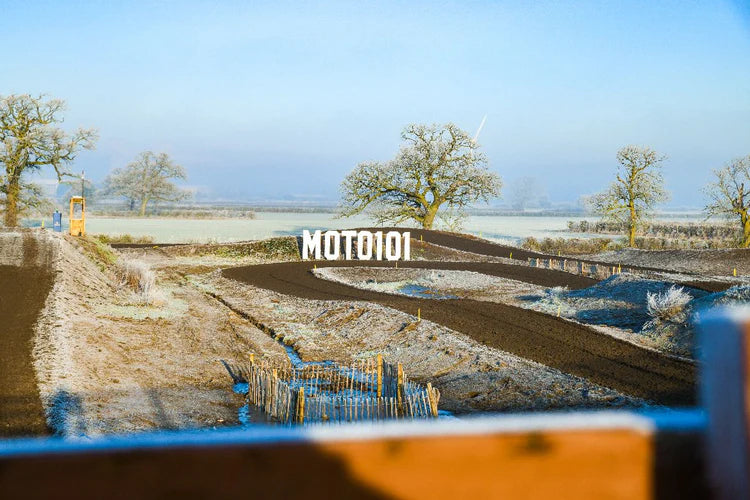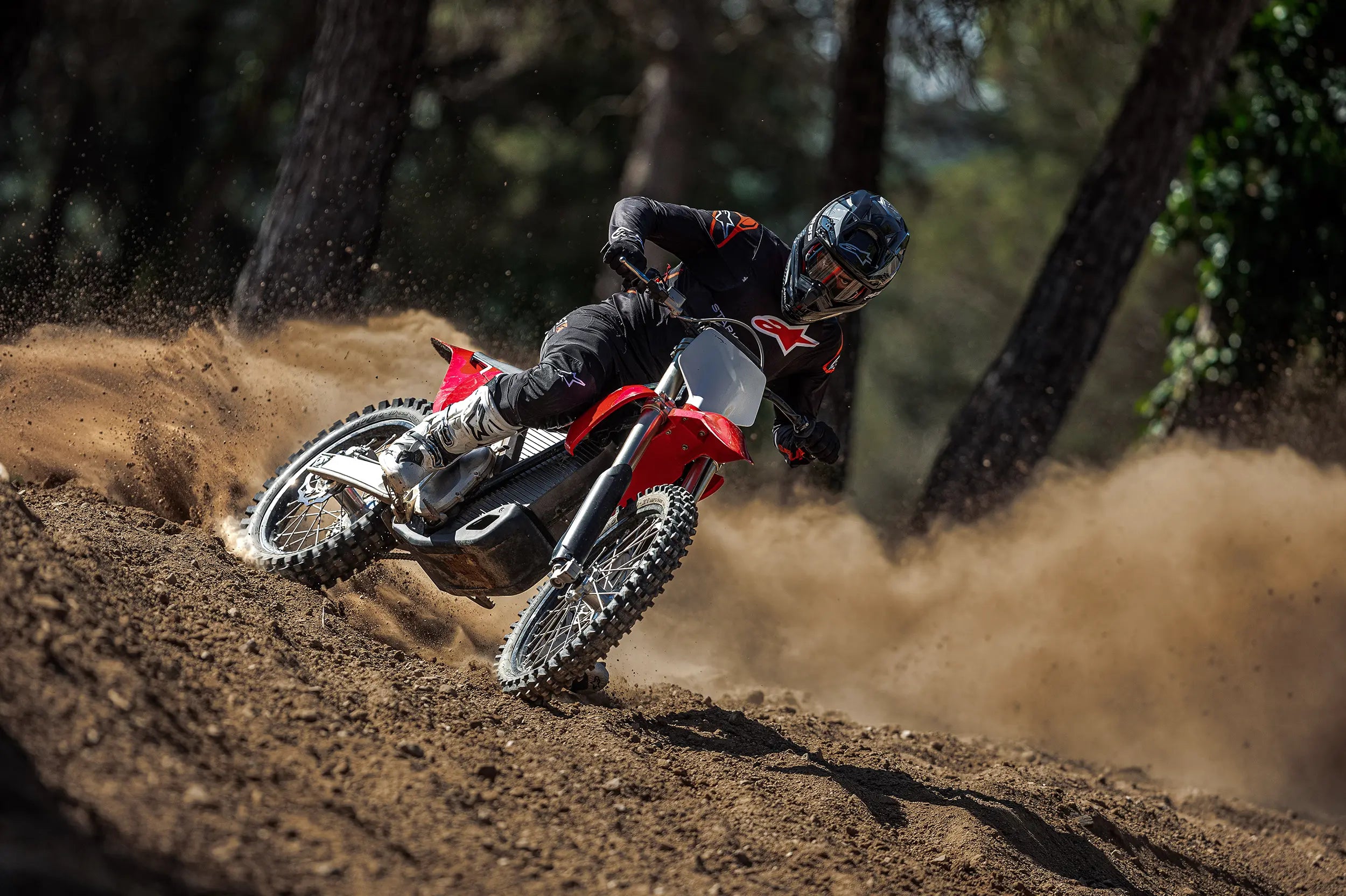When it comes to motocross, tyre selection is one of the most crucial decisions. It makes a significant impact on your performance on the track. The dirt beneath the wheels of your bike is not just a surface – it’s a dynamic environment that demands a tyre tailored to its specific characteristics.
Whether you are riding on soft, loamy soil, hard-packed dirt, or something in between, understanding the decision on tyre selection and what is best for the conditions at hand can make all the difference.
1. Understanding the Types of Dirt
Before diving into tyre selection, it's important to understand the various types of dirt you'll encounter in motocross:
- Soft Dirt (Loam): This type of dirt is loose, deep, and has a lot of give. It's typically found in areas with frequent rain or irrigation. Loam is forgiving and allows for aggressive riding, but it requires a tyre that can dig into the ground for traction.
- Intermediate Dirt: Intermediate dirt is a mix of soft and hard surfaces. It’s neither too loose nor too hard-packed, making it the most common type of dirt you’ll encounter on motocross tracks. This versatile dirt requires a tyre that can perform well across a range of conditions.
- Hard-Packed Dirt: Hard-packed dirt is firm and offers little give, often becoming slick as a race progresses. It’s common in dry, arid regions or well-compacted tracks. Tires need to have excellent grip on these surfaces, where traction is harder to come by.
- Sand: Sand is a unique terrain that requires specialized tyres. It’s loose and constantly shifting, so tyres need to be able to float on top rather than dig in.
2. Selecting the Right Tire for Soft Dirt
Soft dirt demands a tyre that can dig into the ground and provide maximum traction. For these conditions, look for a tyre with:
- Deep, Wide-Spaced Knobbles: Tyres with deep, wide-spaced knobs can penetrate the loose soil and offer a solid grip. The spacing prevents the tyre from clogging with dirt, maintaining consistent traction.
- Soft Compound: A softer rubber compound helps the tyre flex and mould to the uneven surface, improving grip.
- Larger Side Knobs: Larger side knobs help with cornering stability, allowing you to maintain control as you power through turns.
Brands like Dunlop and Michelin offer soft-terrain-specific tyres that are excellent for loamy conditions. The Dunlop Geomax MX12, for example, is specifically designed for soft terrain, offering superior traction and control in these environments.
3. Choosing Tires for Intermediate Dirt
Intermediate dirt presents a more balanced challenge, requiring a tyre that performs well in a variety of conditions. Here’s what to look for:
- Medium Knob Spacing: Tyres with medium-spaced knobs provide a balance between digging into soft sections and gripping harder patches. This versatility is key on tracks with mixed dirt types.
- Intermediate Compound: A tyre compound that’s neither too hard nor too soft offers durability and performance across varied terrain.
- Versatile Design: Tires with a rounded profile and intermediate tread pattern are ideal. They allow for smoother transitions between different types of dirt.
For intermediate dirt, the Michelin StarCross 5 Medium or the Bridgestone Battlecross X30 are top choices. These tyres are designed to handle a range of conditions, offering a great mix of durability and performance.
4. Opting for Hard-Packed Dirt Tires
Hard-packed dirt is tough on tyres, requiring specific features to ensure traction and durability. When riding on hard-packed dirt, consider tyres with:
- Tightly Spaced, Low-Profile Knobs: Tyres with tightly spaced, low-profile knobs provide maximum contact with the ground, improving grip on firm surfaces.
- Harder Compound: A harder rubber compound resists wear and tear, which is common on hard-packed tracks. This ensures your tyres last longer while maintaining performance.
- Reinforced Sidewalls: Reinforced sidewalls prevent tyre flex, maintaining stability and control on rough, compacted surfaces.
The Pirelli Scorpion MX32 Hard or the Dunlop Geomax MX53 are popular choices for hard-packed tracks. These tyres are designed to withstand the rigours of firm dirt, offering excellent grip and durability.
5. Special Considerations for Sand
Sand requires a very specific tyre design. When riding on sandy terrain, look for:
- Paddle-Style Tyres: Paddle tyres feature scoop-like knobs that help propel the bike forward by throwing sand behind it. This design prevents the tyre from sinking into the sand.
- Wider Footprint: A wider tyre helps distribute the bike’s weight more evenly, reducing the chance of digging in and getting stuck.
- Rear Tire Focus: While front tires are important, the rear tire plays a more critical role in the sand. Consider investing in a high-quality rear sand tyre to maximize traction.
Dunlop’s Geomax MX12 and the Michelin StarCross 5 Sand are excellent choices for sandy conditions. These tyres are designed to keep you moving quickly and efficiently across even the loosest sand.
Conclusion
Choosing the right motocross tyre for the dirt conditions you’ll encounter is essential for maximizing your performance and safety on the track. By understanding the characteristics of the dirt and matching them with the appropriate tyre design, you can ensure that your bike handles the terrain with ease.
Whether you’re dealing with soft loam, intermediate dirt, hard-packed surfaces, or sand, there’s a tyre out there designed to help you conquer the track. Check our shop here, take the time to select the right tyre, and you’ll feel the difference in every ride.
